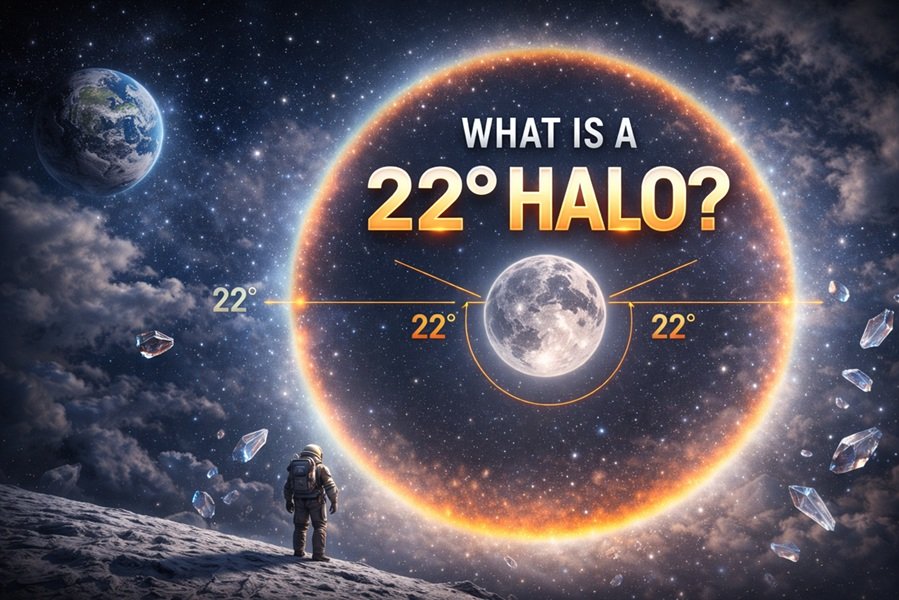
When most people think of France’s borders, they imagine its hexagonal European shape surrounded by neighbors like Germany, Spain, or Italy. However, the country France shares its longest international land border with isn’t in Europe at all — it’s Brazil.
Yes, you read that right. France’s longest border is not with any European nation, but with Brazil, and the key lies in France’s overseas territory — French Guiana.
Understanding French Guiana: The Key to This Unusual Border
To understand how France borders Brazil, we need to take a closer look at French Guiana (or Guyane française), a region on the northeastern coast of South America. Though located far from Europe, French Guiana is an overseas department and region of France, meaning it is fully integrated into the French Republic — just like any region in mainland France.
✅ Key Facts about French Guiana:
- Location: North-eastern South America
- Borders: Brazil to the south and east, Suriname to the west, Atlantic Ocean to the north
- Status: Overseas department and region of France (since 1946)
- Currency: Euro (€)
- Political System: Under French and EU law
This overseas territory makes France a transcontinental country, with land in both Europe and South America.
The France–Brazil Border: How Long Is It?
The France–Brazil border stretches for approximately 730 kilometers (about 454 miles). This makes it the longest international border France shares with any country — longer than:
- France–Spain: ~623 km
- France–Belgium: ~556 km
- France–Germany: ~451 km
- France–Italy: ~488 km
- France–Switzerland: ~573 km
The France–Brazil border runs between French Guiana and the Brazilian state of Amapá, forming a significant part of South America’s northern borderland.
Geography of the Border
The border largely follows the Oyapock River, which serves as a natural boundary between the two territories. It runs from the Tumuc-Humac Mountains in the south, to the Atlantic Ocean in the north.
Notable Features:
- Oyapock River Bridge: Inaugurated in 2017, this modern bridge links Saint-Georges-de-l’Oyapock (French Guiana) and Oiapoque (Brazil) — a symbol of cross-border cooperation and trade.
- Rainforests: The border area is rich in biodiversity and home to Amazonian flora and fauna.
- Sparse population: The area is largely undeveloped and sparsely populated, primarily inhabited by Indigenous and local communities.
Border Management & Cross-Border Cooperation
Though remote and jungle-lined, the France–Brazil border is increasingly relevant for:
- Trade and economic development
- Scientific cooperation in areas like biodiversity and climate research
- Migration control and border security, as this route is sometimes used for irregular migration into the EU via French territory
French Guiana, as an EU outermost region, represents Europe’s only land border with Brazil — making it geopolitically unique.
A Bit of History: How Did France Get a Border with Brazil?
The boundary was established in the early 20th century after years of colonial dispute between France and Portugal (then ruling Brazil). The border was finalized through the Arbitration of Geneva in 1900, which settled the land ownership between French Guiana and the Brazilian state of Amapá.
Why This Border Matters
This border is a reminder of France’s global reach and its colonial legacy, which continues to shape its geography, culture, and politics.
- France is not just a European nation — it has overseas territories on every inhabited continent.
- French Guiana is vital for France’s space program — it hosts the Guiana Space Centre, a major European launch site near Kourou.
- France is one of the few countries in the world that maintains land borders on multiple continents.
France’s Other Borders (for Comparison)
| Country | Border Length with France |
|---|---|
| Brazil (via French Guiana) | 730 km |
| Spain | 623 km |
| Belgium | 556 km |
| Switzerland | 573 km |
| Italy | 488 km |
| Germany | 451 km |
| Luxembourg | 73 km |
| Andorra | 57 km |
| Monaco | 5.5 km |
| Suriname (via French Guiana) | 510 km |






